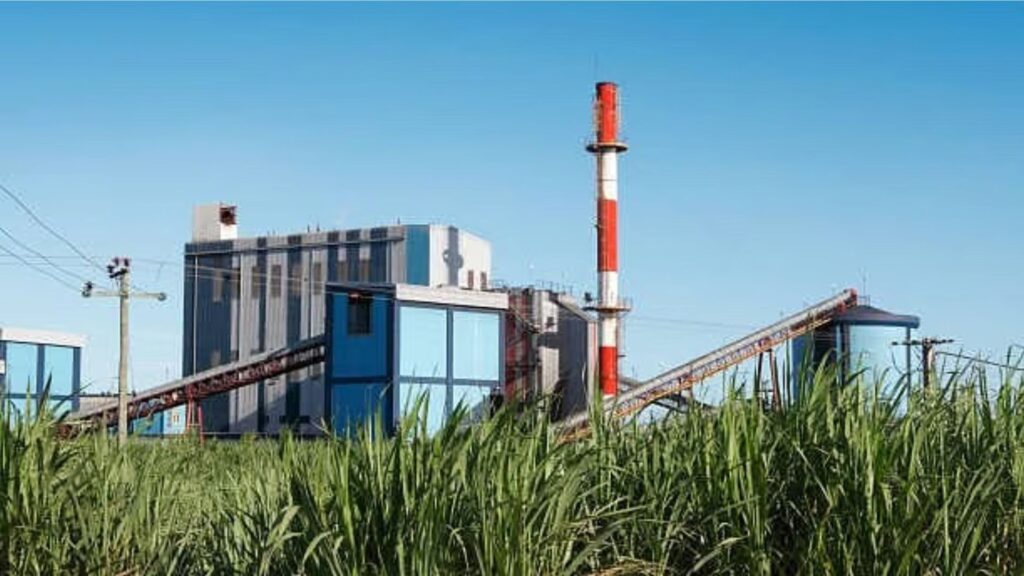India’s ethanol production capacity has expanded more than fourfold in the last 11 years under the Modi government, reaching an annual capacity of 1,810 crore litres, according to a senior official from the Department of Food and Public Distribution. This remarkable growth is attributed to a series of favourable policy reforms and financial incentives aimed at boosting domestic ethanol production.
In 2013, India had an ethanol distillation capacity of just 421 crore litres. Since then, strategic initiatives — including interest subvention schemes and support for setting up ethanol manufacturing plants — have significantly increased production potential. As a result, ethanol blending with petrol has jumped from a mere 1.53% in the ethanol supply year (ESY) 2013-14 to nearly 19% in ESY 2024-25 (as of May 25, 2025).
The official noted that ethanol supply to Oil Marketing Companies (OMCs) has seen an 18-fold increase, growing from 38 crore litres in 2013-14 to 707 crore litres in ESY 2023-24, when India achieved a blending rate of 14.60%. By May 25 of the current ethanol supply year, blending had already reached 18.74% with 548 crore litres supplied.
This surge in ethanol use has delivered significant economic and environmental benefits. The government estimates foreign exchange savings of over ₹1.10 lakh crore due to reduced crude oil imports. Moreover, sugarcane and grain farmers have benefited from a growing market for their produce, helping diversify rural income sources.
Over the past 11 years, the total revenue generated by sugar mills and distilleries from ethanol production has been around ₹2 lakh crore, including ₹1.22 lakh crore from sugarcane-based units alone.
To support this rapid expansion, the government launched several ethanol interest subvention schemes between 2018 and 2022. These programs help sugar mills and distilleries secure loans at subsidised interest rates to establish or expand ethanol production capacity. In 2021, the scheme was extended to include grain-based ethanol production. A recent policy, announced in March 2025, focuses on converting cooperative sugar mills into multi-feed ethanol units.
Currently, out of the total 1,810 crore litres of ethanol production capacity, 816 crore litres come from molasses-based distilleries, 858 crore litres from grain-based facilities, and 136 crore litres from dual-feed units.
The Ethanol Blended Petrol (EBP) programme, which was introduced to reduce crude oil imports, conserve foreign exchange, cut carbon emissions, and strengthen the agricultural economy, has been central to this transformation. Under this initiative, the government aims to achieve 20% ethanol blending by ESY 2025-26. To meet this goal, India is projected to need around 1,350 crore litres of ethanol for blending and other uses.
The 2018 National Bio-fuel Policy provides the framework for ethanol production from diverse feedstocks, including sugarcane juice, damaged food grains, corn, sweet sorghum, sugar beet, and even rotten potatoes. The policy also permits the use of surplus food grains with prior approval from the National Bio-fuel Coordination Committee (NBCC).
In line with this, the NBCC has allowed ethanol production from rice stocks held by the Food Corporation of India (FCI) and from maize since 2020. More recently, in November 2023, the committee approved additional feedstocks such as residual sugar, expired beverages, and sweeteners for ethanol production.
With strong policy backing and increased participation from the private sector, India is on track to meet its ambitious 20% blending target — a key milestone in the nation’s transition to cleaner, self-reliant energy.

